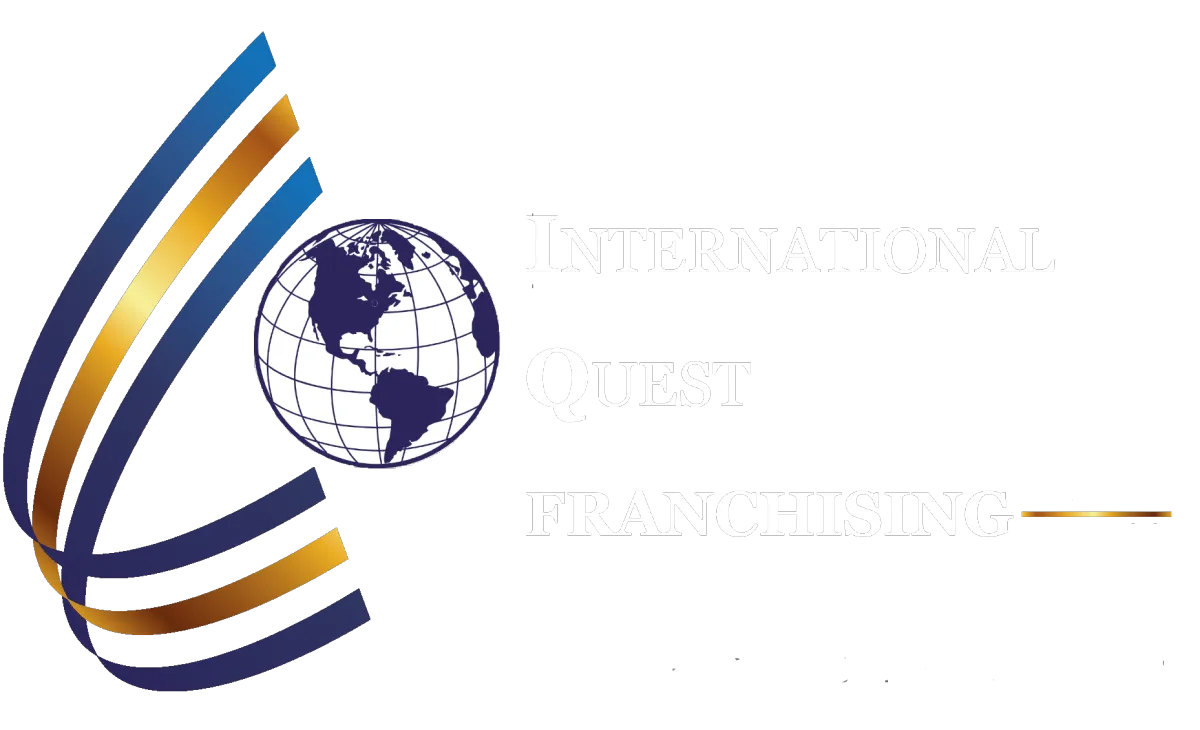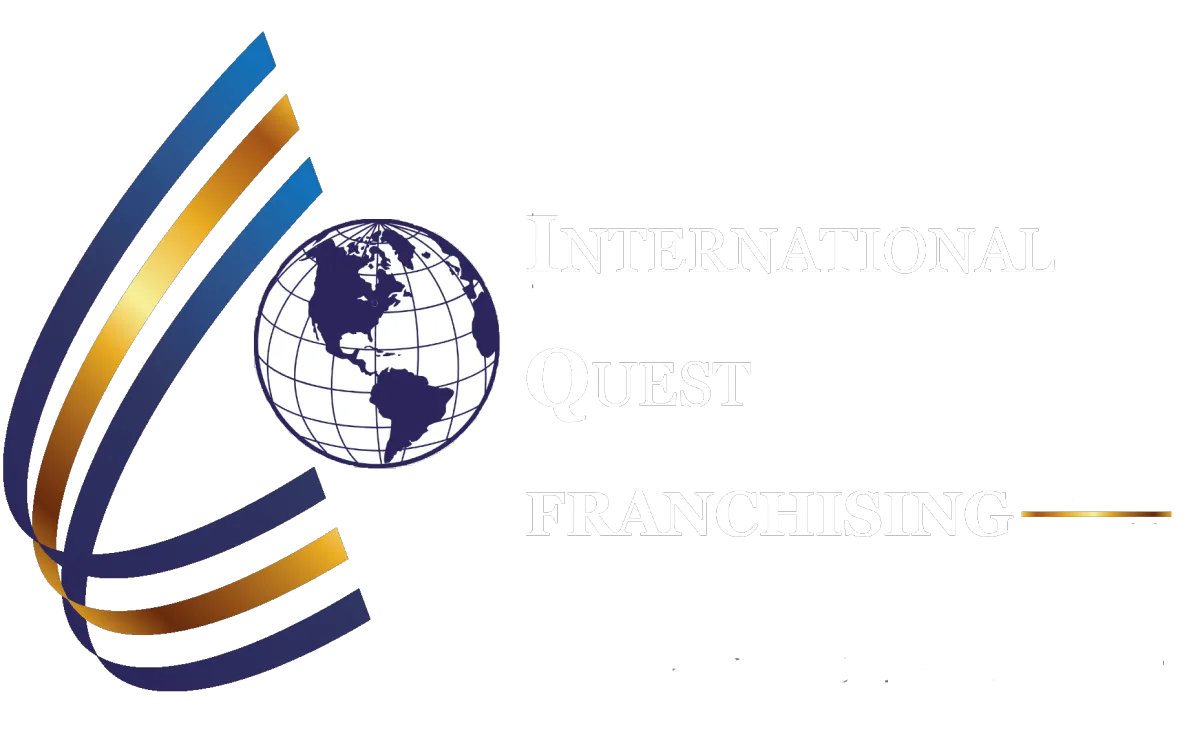Transforming Your Business Through Expert Franchise Development


Alternatives to Franchising Your Business
Franchising has shown to be the best method for rapidly expanding a small business, but it’s not the only path for growth. Based on your business model, there are other strategies that could be better suited for your growth and expansion. Expressed below are some of the alternatives.
Business Opportunity
A business opportunity is an arrangement where a seller offers a buyer the chance to start or operate a business. Unlike franchising, a business opportunity does not involve a formal relationship with an established brand or the obligation to operate under a specific system; and the buyer generally has more autonomy in running the business.
Under this arrangement, the seller is required to provide a disclosure document, and typically obligated to provide the buyer with the necessary resources, such as inventory, equipment, or training, and may offer ongoing support to help the buyer succeed. The purchaser, in turn, has the right to operate the business as outlined in the agreement and is obligated to pay the seller according to the agreed terms, follow any provided guidelines, and fulfill performance expectations.
This relationship is often governed by a legal agreement that defines the specific rights and responsibilities of both parties, ensuring that the transaction is clear and mutually beneficial
See the following link for FTC disclosure requirements: Work at Home or other Business Opportunity
Benefits:
Lower startup costs
Flexibility-limited rules and guidelines
No ongoing fees
Variety of options
Drawbacks:
Limited brand recognition
High risk
Potential for scams
Examples: Vending machine businesses, home-based businesses, distributorships, and ATM placements.
Dealership
A dealership arrangement is a legal agreement in which a manufacturer grants a third party, known as the dealer, the right to sell its products. Under this agreement, the manufacturer typically provides the dealer with the products, branding, and sometimes training or marketing support. The dealer has the right to sell the products within a defined territory or market, often benefiting from the manufacturer’s brand and reputation. In return, the dealer is obligated to follow the manufacturer’s sales guidelines, maintain certain quality standards, and often meet specific sales targets. This arrangement ensures that the dealer can operate independently while promoting the manufacturer’s products according to the agreed terms.
Benefits:
Lower capital investment compared to full ownership.
Access to established brands and products.
Potential for exclusive territories
Drawbacks:
Limited control over pricing and marketing strategies.
Dependence on the supplier’s product quality and availability.
Earnings based on commission can be unpredictable.
Examples: Car dealerships like Ford or Toyota, and electronics dealerships.
Joint Venture
A joint venture (JV) arrangement is a strategic partnership where two or more parties agree to collaborate on a specific business project or venture, sharing resources, risks, and rewards. Each party contributes assets, such as capital, expertise, or technology, to achieve a common goal, while retaining their separate legal identities. The rights of the parties typically include a share in the profits and decision-making authority proportional to their investment or role in the venture. Obligations include fulfilling agreed-upon contributions, adhering to the terms of the joint venture agreement, and working collaboratively towards the success of the venture. The joint venture is governed by a contract that outlines the responsibilities, profit-sharing, and dispute resolution mechanisms, ensuring that each party’s interests are protected. The venture is often established by forming a new entity to conduct its operations.
Benefits:
Shared investment and risk.
Access to new markets and distribution channels.
Combined expertise and resources.
Drawbacks:
Potential for conflicts and differing goals.
Profit sharing may limit individual earnings.
Complex setup and legal considerations.
Examples: Sony Ericsson, a collaboration between Sony and Ericsson; Hulu, a joint venture involving Disney, Comcast, and Fox.
Licensing
A licensing arrangement is a legal agreement where the (the "licensor") -owner of certain "property" i.e. products, brand or intellectual property - grants to another (the "licensee") the right to use certain "property"under specified conditions. The licensor retains ownership of the intellectual property but allows the licensee to use it in exchange for compensation, typically in the form of royalties or a licensing fee. The licensee has the right to use the intellectual property within the scope defined in the agreement, such as for manufacturing, distribution, or marketing. The licensee is obligated to adhere to the terms of use, maintain quality standards, and pay the agreed-upon compensation. The agreement ensures that the licensor retains control over their intellectual property while benefiting financially from its use by the licensee.
Benefits:
Requires minimal capital investment.
Facilitates rapid market entry and expansion.
Provides access to established brands and products.
Drawbacks
Limited control over the licensee's operations.
Risk of misuse or dilution of intellectual property.
Revenue is contingent on the licensee's success.
Example: Disney licensing its characters for merchandise, software licensing agreements.
Vertical Integration
Vertical integration occurs when a company expands its operations by integrating businesses / operations in different stages of the production process, either upstream (by acquiring suppliers) or downstream (by acquiring distributors or retailers). Both forms of integration aim to increase efficiency, reduce dependency on external entities, and enhance control over the entire production and distribution process, gaining greater control over the supply chain.
Benefits:
Increased control over the supply chain.
Potential cost savings through reduced transaction costs.
Enhanced product quality and consistency.
Drawbacks:
Requires significant capital investment.
Increased operational complexity.
Risk of losing focus on core competencies.
Potential regulatory challenges related to antitrust issues.
Examples:
Upstream: A car manufacturer acquiring a steel mill.
Downstream: A coffee producer establishing its own chain of coffee shops.

Our mission
Empowering small business growth through franchising - creating great communities everywhere!
Copyright © 2025 International Quest Franchising, LLC. All Rights Reserved
Privacy Policy | Terms & Conditions